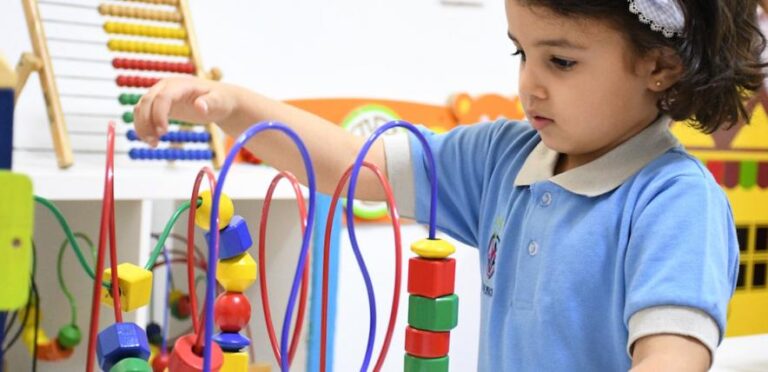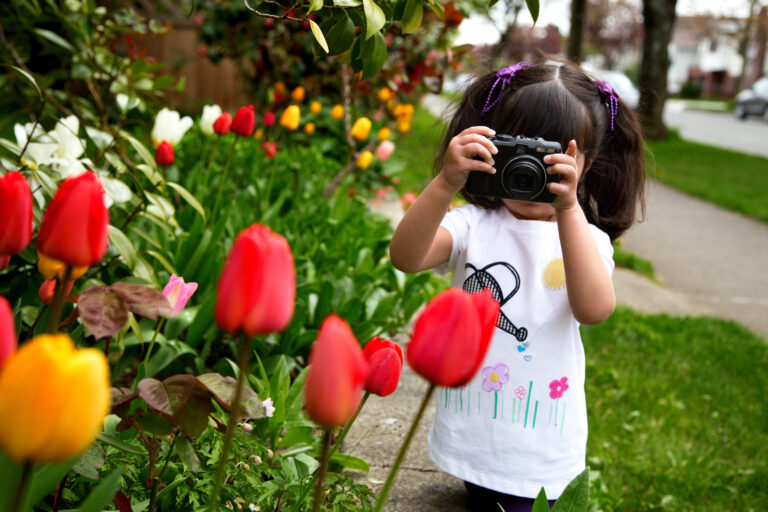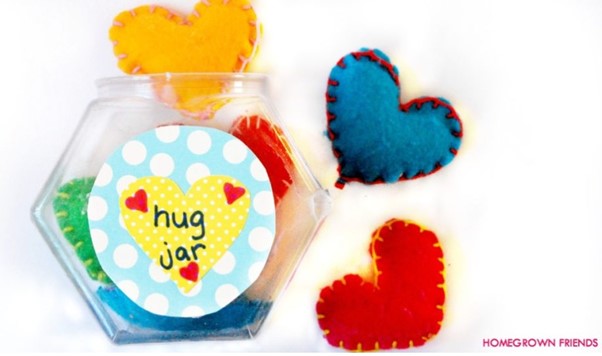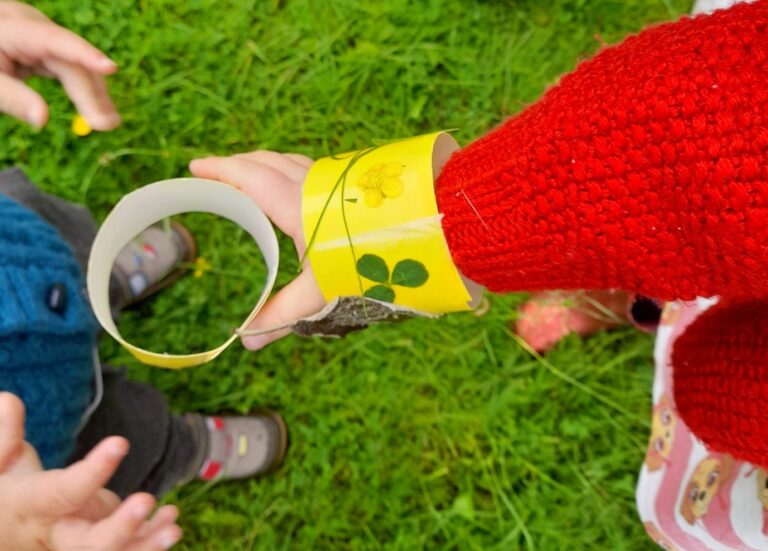Young children often want the same story time after time and while it may seem tiresome to grown-ups, it has multiple benefits for them. When your pre-schooler asks you to read it again, you can counter your mild irritation with the knowledge that you are doing some top quality parenting by repeat-reading favourite books. There is a surprising number of benefits to reading a few books over and over, and your child will be learning lots and feeling loved every time you settle down with a story.
Why do small children want to repeat read?
Feeling secure
Children find security in the predictable nature of a well-known story, as well as in the routine of reading with an adult. Life feels easier and more manageable to a young child when they know what’s coming next – they choose the same book repeatedly because they gain pleasure and reassurance from knowing the outcome of the tale.
Inspiring tales
Something in the story or illustrations – or even your brilliant impersonation of a giant – has fired their imagination and excitement: by repeating the story you are feeding that imagination and allowing them to feel a mix of anticipation, amusement and happiness that a good story brings.
What are the benefits of repeat reading?
Learning how to learn
The obvious answer is that your child gets to know the story really well, which in itself is a model for all learning. At its simplest level, learning is the skill of retaining and retrieving information – remembering the story from a treasured picture book is no different.
Improved vocabulary
Studies have been carried out on three year-olds to compare vocabulary knowledge of children who read the same story repeatedly and those who read different stories that contain the same vocab. The children who read the same story numerous times learnt more new words than the others and learnt them faster. The theory is that hearing the new words in the same context repeatedly reinforces the child’s understanding of those words.
Deeper grasp of concepts and ideas
Repeat reading encourages children to examine different aspects of a story with each retelling. They go beyond the surface of a story and notice new things in pictures, imagine new aspects of characters and absorb more of the nuances in the tale. This is all brilliant practise for later learning.
Boost language skills
As well as the evidence showing the improvements in vocabulary promoted by repeat reading, the repetitive exposure to the rhythms and sounds involved in spoken language improves your child’s communication skills and lays the foundations for learning to read.
Love of learning
Many studies have shown that exposure to books at home improves academic achievement, so whichever book your pre-schooler is currently fixated on, encourage them. Despite the fact you may have read it 100 times before, it still pays to show enthusiasm and excitement at the prospect of reading it again. You are modelling your relationship with books and your enthusiasm will also boost your child’s confidence that they made a good choice which earned your approval.
Extension ideas
It’s easy to nurture your child’s love of stories beyond turning the pages of the book. If your child is going through a ‘hungry caterpillar’ phase, for example, here are some ideas to consolidate their engagement with the story and extend the learning opportunities that the book presents.
- While reading, let your child ‘read’ alternate words or pages. Leave gaps for your child to respond to the story and ask them to predict what happens next.
- Paint, draw or make your own caterpillars, fruit etc. and create your own book or puppet show.
- Act out the story together.
- Ask a grandparent, aunt, uncle or older cousin to video themselves reading the story and watch together.
- Tell the story without the aid of the book when in the car, in the bath, walking to the shops and so on.
- Collect leaves, shells, petals and similar objects to make a collage of a scene from the story. Remember to try and introduce maths words – shapes, sizes, bigger smaller. This extends the nature of their learning.
- Experiment with mark making to trace the shape of a ‘C’ (for caterpillar) using sand, shaving foam, play dough, paint, pebbles.
- Educational suppliers sell butterfly kits – you receive tiny caterpillars in pots complete with the right food, which you can study as they grow, create a cocoon and eventually emerge as butterflies. A powerful connection between the story and science.
- Head to the greengrocer and let your child find the fruit from the story. Buy enough for your family and let your child help turn it into a hungry caterpillar fruit salad.
However you enjoy re-reading your child’s favourite stories with them, the most important thing to remember is to have some fun and enjoy spending quality time together.
Written for the Early Years Alliance by Martha Hales.










